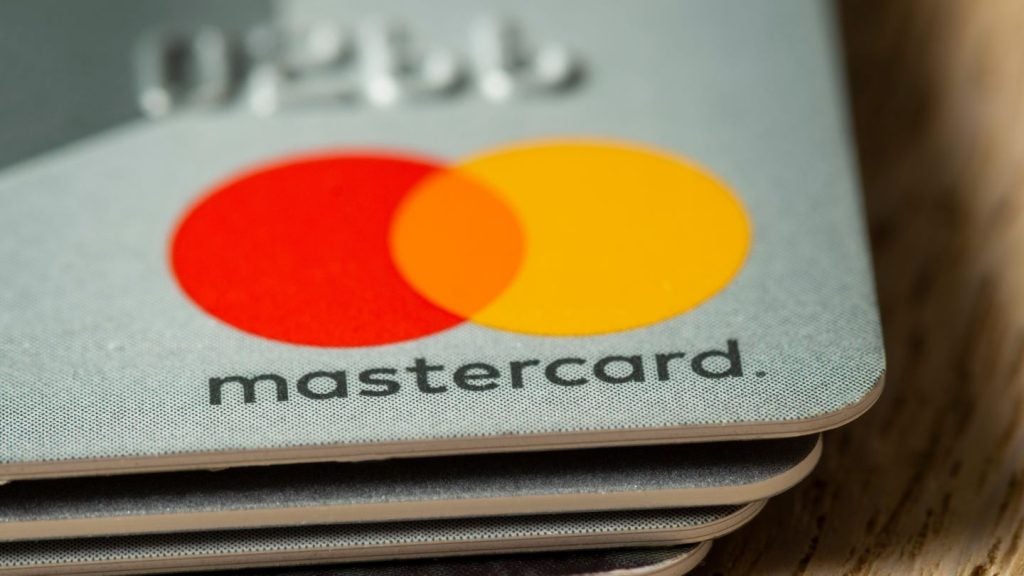As banks exit high-risk remittance countries, will money transfer operators emerge as FX modernisers? Blockchain-inspired technology, while in its infancy, could be the answer. The World Bank and CGI comment on tightening remittance regulations, high fees and blockchain derivatives
Dilip Ratha, lead economist for global remittances and migration, World Bank
"Technology can bring down the cost of remittances due to the inherent efficiency of digital. However, money laundering regulations such as ‘Know your customer (KYC)’ mean that digital-first companies are not much better off. They may even have a disadvantage.
"The crux of the question, I think, is not so much whether digital companies are riskier than bricks and mortar providers, as the latter can verify the identity in person. That is a secondary question. The real question is whether small remittances- under £1000 for the UK, or an equivalent amount for Europe and the USA, something simple and rule based- pose a real systemic risk of money laundering. My argument is that no, small remittances are almost entirely used for personal, genuine purposes.
"Beyond that [£1000] threshold, we could ask for further ID checks. This process could immediately free up the compliance border on MTOs and all the whole industry.
"We know some MTOs charge high fees because there is a lack of competition. There is now a cost premium in Africa. This is due to market fragmentation, as the region has 47 countries and 800 million people. This means MTO s have to acquire 47 licenses- that is a cumbersome task. The premium is also due to regulatory problems; I wouldn’t blame a specific company that is trying to make money as long as they play by the rules.
"The technology is already out there. Digital-first companies are as a good as any traditional MTO to provide remittance services and indeed better placed to provide them in a more convenient way.
"So what is the prognosis going forward? If the AML CFT is relaxed and exclusivity agreements opened up, then costs can drop immediately. The economy has the technology to provide remittances for less than 1%."
So what is on offer? Distributed ledger system, blockchain and digital currencies could free the flow of cross border transfers. While regulations surrounding the infrastructures vary substantially from country to country, distributive ledger companies like Ripple Labs work with governments in order to mitigate risk.
Moreover, global remittances are projected to hit $586bn by the end of 2015, $610bn in 2016, rising to $636bn in 2017, according to World Bank. This illustrates a need to rejuvenate traditional FX practices and while complying with ever-tightening AML CFT regulations.
Jerry Norton, head of strategy financial services, CGI
"The distributed ledger idea allows a company to update in near real time many thousands of different entities distributing in a big network. Where it is very good is serving a potentially large number of participants spread over a huge geographic distance. This may be high volume transactions for some of the system’s participants but others could be very infrequent and of low volume. What the ledger is trying to do is keep all those people up to date and in guaranteed way. It can be a brilliant network if you have thousands of people, some of whom are very infrequent, and who want to keep something up to date.
"A lot of the ideas and derivatives ARE either allowing people to work in different currencies or in certain cases different currencies with an underlying cryptocurrency for various reasons.
"However, the whole space of blockchain, what we call distributed ledger system, is moving at an incredible speed, so whatever you say today will be different in months’ time. People use the term ‘dog year’s’ to talk about blockchain: one blockchain year is equivalent to seven normal years.
"The way the technology is designed is that it completes updates in many seconds rather than sub-seconds. It is still fast, I’m being pedantic, but the jargon is "near" real time. It might happen in 15 seconds but it won’t complete the update in sub-seconds. It’s brilliant at that sort of application. If the financial services analyse where it might be useful and try mapping it into those attributes and that is how you come to a solution.
"People are evaluating the technology to understand its strength and indeed weaknesses, and then potentially embarking on concepts or pilots to understand how it could be applied, and the potential benefits for banks. Everybody is trying to do that.
"In the last six or seven months there has been a phenomenal amount of activity based on new players in the market place as well as banks and others looking at it. I think it is quite likely that there will be significant pilots by the end of this year if not next year. It is moving at a ridiculous rate. Conversations we were having at the beginning of the year were about how the tech works, you might be able to use it. Now we hear people saying yes, we know all that, I want to try this or we want to use it for that.
"Foreign exchange, clearing equity and retail are areas the financial services are looking at."
Anti-Money Laundering (AML) Combating Financial Terrorism (CFT) is an internationally recognised framework that impacts all financial providers. Improving its structure is ongoing task and requires input from a number of bodies: the International Monetary Fund, World Bank, Financial Action Task Force (FATF), as well as development institutions, domestic governments and regional organisations.
AML CFT recommendations include, but are not exclusive of:
- Customer due diligence (CDD. This, according to HM Revenues and Customs, is especially pertinent when establishing business relationships, on occasional transactions more than 15,000, and if there is any cause for the financier’s suspicion
- Enhanced due diligence on high risk corridors. While specific regions are not explicitly set out, FATF publish a comprehensive public statement three times a year listing sanctioned regions or places deemed ‘strategic AML/CFT deficiencies’
- Internal controls, staff training, and ongoing reviews that cater specifically to AML CFT risks
- Comprehensive record keeping of CDD data







